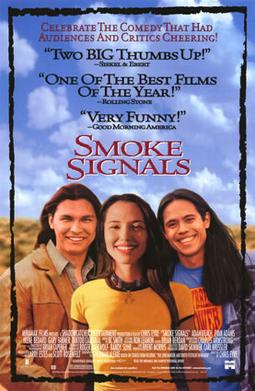Good afternoon :)
Today we began the second half of the semester by going over the midterms, discussing the upcoming response to fiction, and examining graphic fiction (excerpt from Maus, "The Cigarette," and "Here"). Thursday we will go over the assignment sheet for the presentation, and the reading will be ch. 8 (Irony, Style, and Tone) and the short stories by Sherman Alexie: “This is What It Means to Say Phoenix, Arizona” (254-263) & “Somebody Kept Saying Powwow” (268-274). Also, here is a cool poem by Alexie:http://www.bpj.org/
And here are your questions:
-- Which response would you like to expand for the "fiction paper"? Why?
-- Which stories would you compare and contrast in your paper? Why?
-- What did today's discussion of graphic fiction add to your understanding of this genre and its balance between text and graphics?
-- Technically speaking, the graphic fictions we looked at today are actually life writing, a genre that includes biography (Maus) and autobiography/memoir ("The Cigarette"). What does this genre add to EN 190? What does it take away from our course? Consider that works like Fences, A Doll House, and "Everyday Use" are grounded in reality even though the characters are fictional. Consider that some (but not all) first-person narrators may be identified with the story's author.
-- Should EN 190 include more life writing? Why? Why not?
-- Should EN 190 include more experimental writing like "Here"? Why? Why not? Consider the following other examples of experimental writing:
Yikes...these are all poems. These two are fiction.
How does "Here"'s format enable its author to be more experimental? How do visuals add to experimental literature? What do the text-only pieces add?
These authors discuss the demise of hypertext fiction, but I think that their arguments may also be applicable to experimental fiction--or futurism in general and maybe even to the graphic novel:
http://kairos.technorhetoric.
What do you think?!
What do you think?!
On to Sherman Alexie....
Discuss the impact of irony, tone, and style in Alexie's writing. Compare it to their impact on other writers' work.
Discuss Alexie's approach to plot.
Discuss his creation of characters. Note that characters frequently reappear in his stories.
Which character may be a surrogate for the author? Why? Have other such surrogates appeared in the stories we've read so far? If so, where and why?
Discuss the impact of setting in Alexie's stories. How do his settings affect you as a reader from Montgomery County?
Compare Alexie's stories to "Love in LA," "The Red Convertible," "Where Are You Going, Where Have You Been?", "Hills Like White Elephants," and "The House on Mango Street." What do they tell you of the American experience? of the experience of people of color? of human experience?
What is it like for you to return to (text) fiction?
See you in class!
Dr. Szlyk

No comments:
Post a Comment